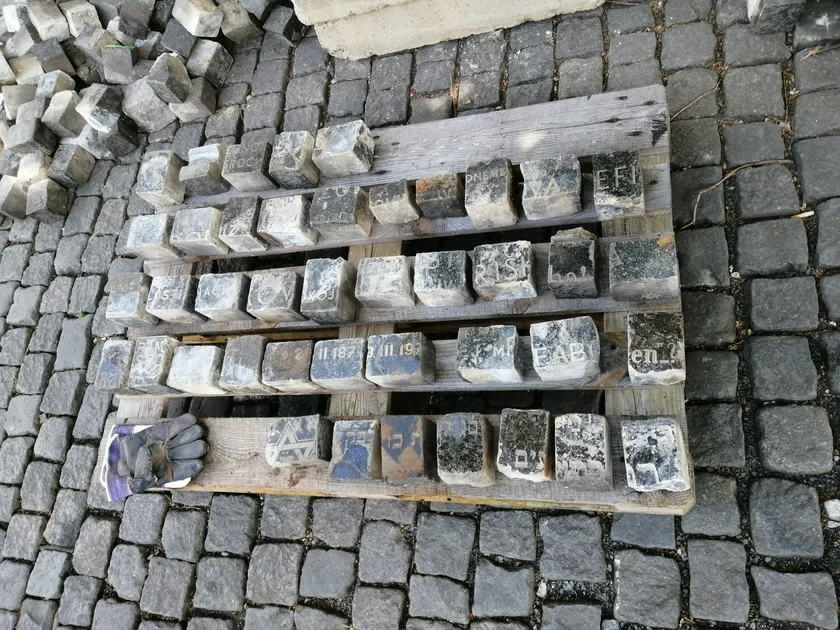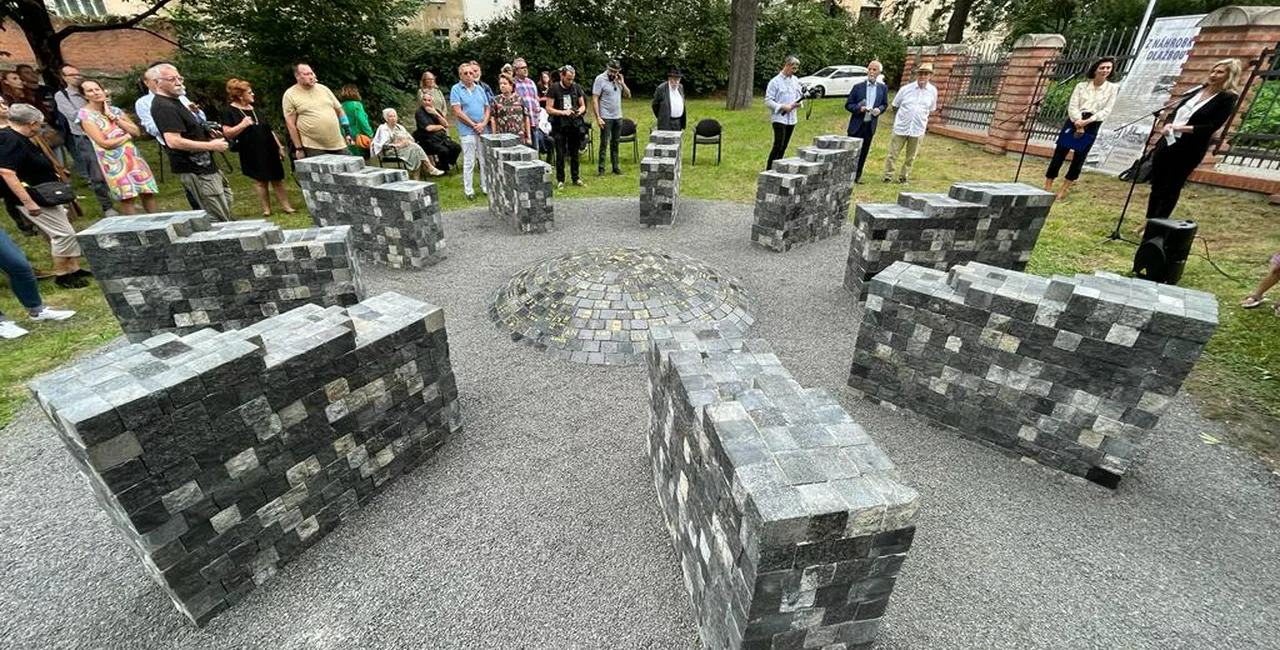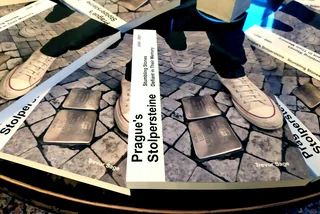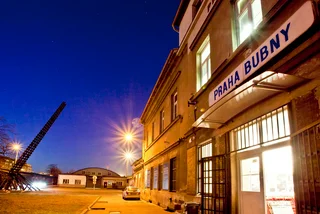Fragments of Jewish tombstones recovered during the renovation of Prague’s Wenceslas Square have been turned into a new memorial that was unveiled yesterday in the Old Jewish Cemetery in Žižkov.
The memorial called Return of the Stones (Návrat kamenů) was created by sculptor Jaroslav Rona and his wife Lucie. It consists of a small mound of cobblestones on which remains of inscriptions can be seen. Nine low walls also made of the recovered cobblestones encircle the mound. In total, 6,000 paving stones were used weighing over seven tons. The memorial was made following a crowdfunding campaign earlier this year.
PARTNER ARTICLE
“I believe that contemporary society will be more tolerant and sensitive to the heritage of the Jewish religion and culture,” Rona said at the unveiling. People in Prague are already familiar with Rona’s work. He made the popular Statue of Franz Kafka, based on Kafka’s short story “Description of a Struggle,” in Prague’s Josefov district.
Prague City Hall in 2019, when plans to renovate the upper part of Wenceslas Square were solidified, agreed to return any cobblestones that could be identified as coming from tombstones to the Jewish Community. Many of the stones had engraved Hebrew lettering or other symbols.
The existence of the cobblestones was no surprise. Tombstones from Jewish cemeteries had been recycled to pave Prague’s streets both under German occupation during World War II as well during as the subsequent communist regime.
Most of the Old Jewish Cemetery in Žižkov was destroyed in the late 1960s to make way for a park called Mahlerovy sady. More of the cemetery was torn down in 1984 to prepare the site for the Žižkov Television Tower. Today, only a corner of the cemetery with the oldest tombstones remains. About 40,000 people were buried at the cemetery.
At the unveiling of the memorial, Prague Jewish Community head František Bányai said he expects more tombstone fragments will be found in the future. He also pointed out that tombstones and tombs were still under the grounds of the TV tower.
“Remnants can be seen in every trench. Under the adjacent mini golf, restaurant, and lawn there are still graves and gravestones. But this is part of another story,” he said.
He compared the treatment of Jewish cemeteries in then-Czechoslovakia by the communist regime to what is happening now in Ukraine, with religious sites being desecrated there by the invading Russian forces.
Czech Chief Rabbi Karol Sidon blessed the memorial and said that barbarism was the reason that the cemetery in Žižkov was largely destroyed.
The return of the stones is largely symbolic, as it is not clear if any of the cobblestones specifically came from Žižkov. The city previously stated that the Wenceslas Square cobblestones probably came from the Jewish cemetery in Údlice in the Ústí nad Labem region or other Jewish cemeteries. But the source of stones cannot be confirmed as no records were kept.

The paving on the lower part of Wenceslas Square was fixed in 1987, just ahead of a visit from then-Soviet leader Mikhail Gorbachev, who toured the square for an hour and a half, shaking hands with the public. The dates on recovered cobblestones are as late as the 1970s, which would coincide with that renovation.
The newest stones in the Old Jewish Cemetery in Žižkov date to 1890, when the cemetery closed. The cemetery opened in 1680 and was used until the New Jewish Cemetery next to the Olšany Cemeteries (Olšanské hřbitovy) began operation.












 Reading time: 3 minutes
Reading time: 3 minutes 




























